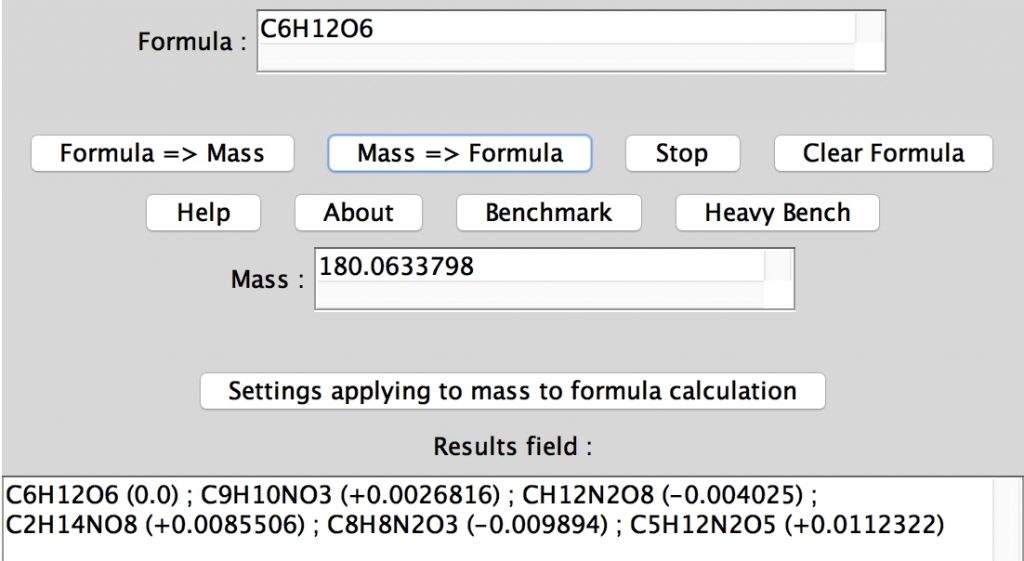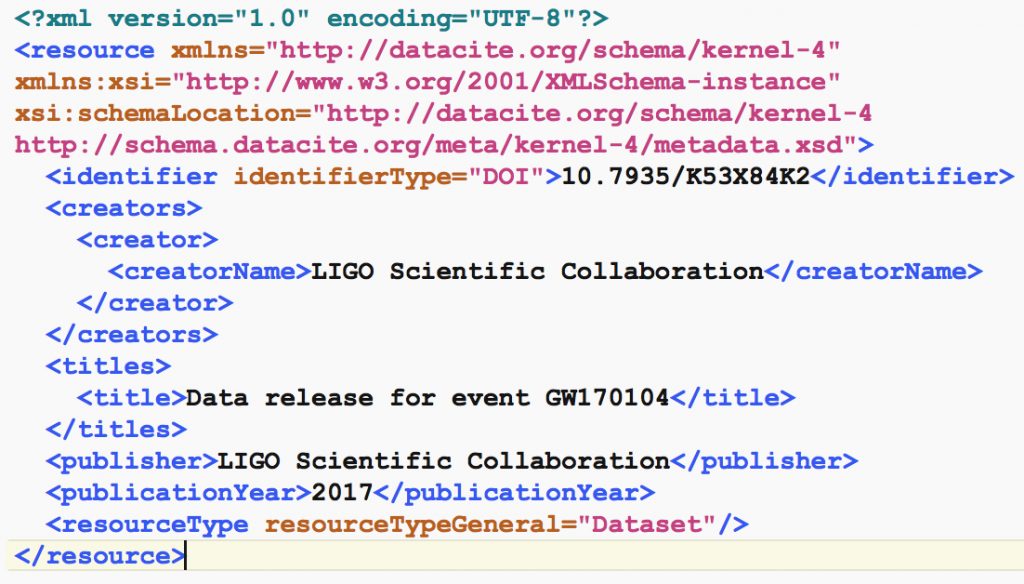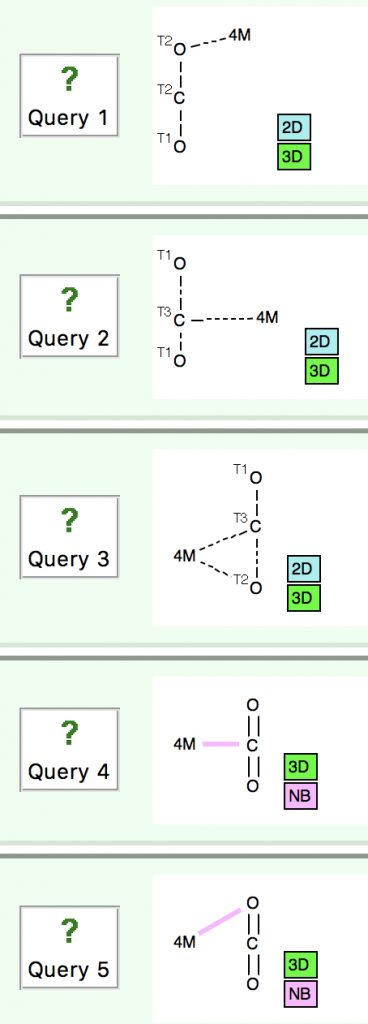The iron complex shown below forms the basis for many catalysts. With iron, the catalytic behaviour very much depends on the spin-state of the molecule, which for the below can be either high (hextet) or medium (quartet) spin, with a possibility also of a low spin (doublet) state.

In an earlier post, I lamented the modern difficulties in running old instances of Jmol, an example of an application program written in the Java programming language. When I wrote that, I had quite forgotten a treasure trove of links to old Java that I had collected in 1996-7 and then abandoned.

As data repositories start to flourish, it is reasonable to ask questions such as what sort of chemistry can be found there and how can I find it? Here I give an updated worked example of a digital repository search for chemical content and also pose an important issue for the chemistry domain.

In 2016, the world heard that gravitational waves had been detected and now a third instance is reported.‡ Given that the data associated with these detections are perhaps amongst the most important instances in recent times, I thought I might take a peek at how it was managed.
Conformational polymorphism occurs when a compound crystallises in two polymorphs differing only in the relative orientations of flexible groups (e.g. Ritonavir). At the Beilstein conference, Ian Bruno mentioned another type; tautomeric polymorphism, where a compound can crystallise in two forms differing in the position of acidic protons. Here I explore three such examples.

Derek Lowe highlights a recent article postulating CH⋅⋅⋅π interactions in proteins. Here I report a quick check using the small molecule crystal structure database (CSD).

The title here is taken from a presentation made by Ian Bruno from CCDC at the recent conference on Open Science. It also addresses the theme here of the issues that might arise in assigning identifiers for any given molecule.

As the Internet and its Web-components age, so early pages start to decay as technology moves on. A few posts ago, I talked about the maintenance of a relatively simple page first hosted some 21 years ago.

It is a sign of the times that one travels to a conference well-connected. By which I mean email is on a constant drip-feed, with venue organisers ensuring each delegate receives their WiFi password even before their room key.

This is taking place in the idyllic surroundings of the Niederwald forest, Rüdesheim, Germany. Here I highlight only aspects of the first three talks.

Mention carbon dioxide (CO2) to most chemists and its properties as a metal ligand are not the first aspect that springs to mind. Here thought I might take a look at how it might act as such.